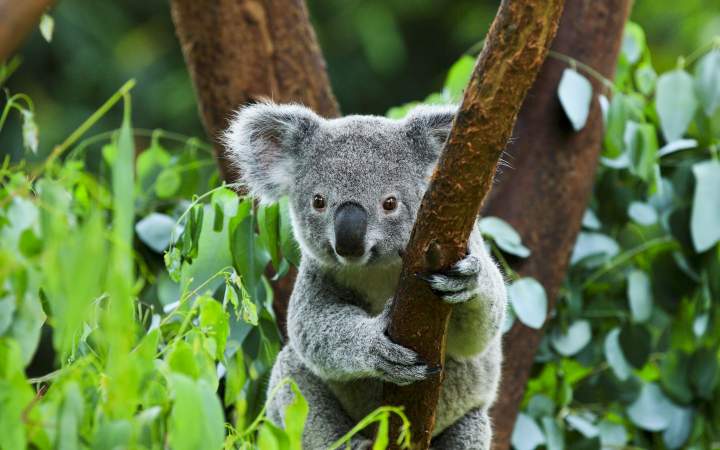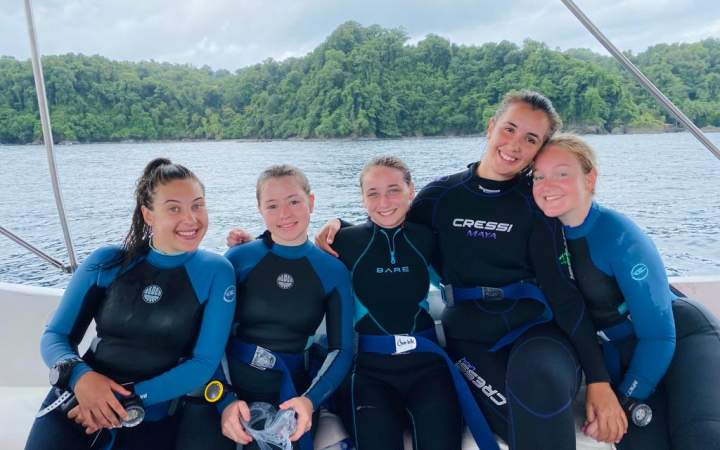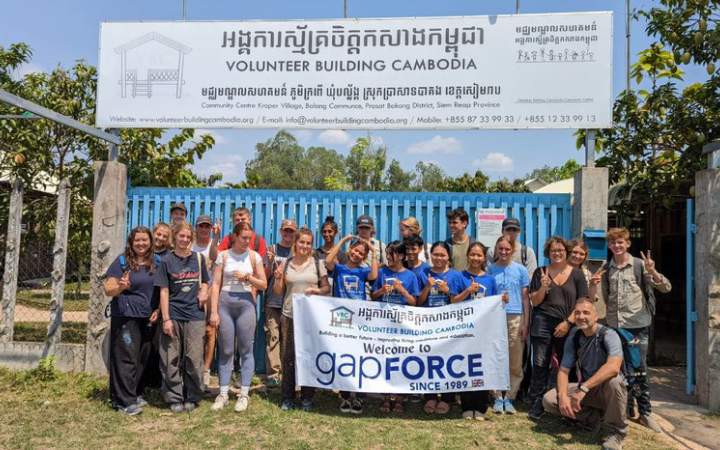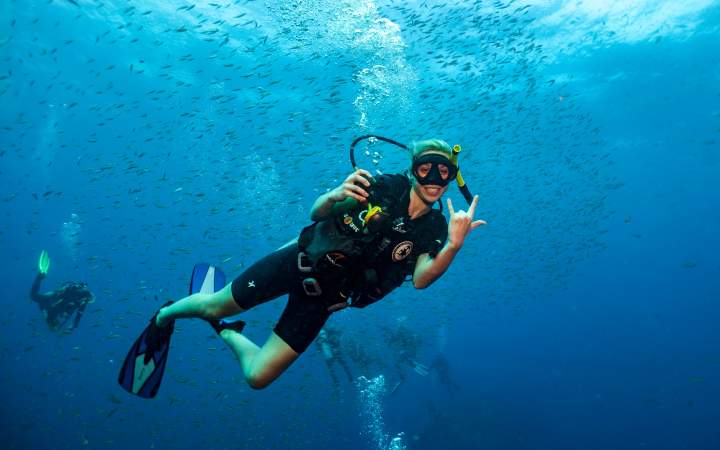Where Adventure Meets Purpose
Gap Year | School Groups | Volunteering
Why Gapforce?
Unleash your potential, broaden your horizons, and make a difference with Gapforce - where adventure meets purpose.

Make New Friends
Join a community of like-minded individuals and expert guides who share your enthusiasm for exploration and making a positive impact
Featured programs
Australia Adventure
An action-packed 6 week tour combining travel & adventure with volunteering on Australia’s famed East Coast.
View details › Book now » Featured
Marine Scientist Training - Costa Rica
Experience Costa Rica's stunning Pacific coast on our exclusive marine science and coral restoration program.
View details › Book now » Southeast Asia Explorer
Volunteer and backpack your way through Southeast Asia’s most sought-after destinations.
View details › Book now » Featured
Thailand Marine Conservation
Gain internationally recognised diving qualifications whilst helping to protect Koh Tao’s abundant and diverse coral reefs.
View details › Book now »  Change region
Change region  United Kingdom
United Kingdom Canada
Canada











